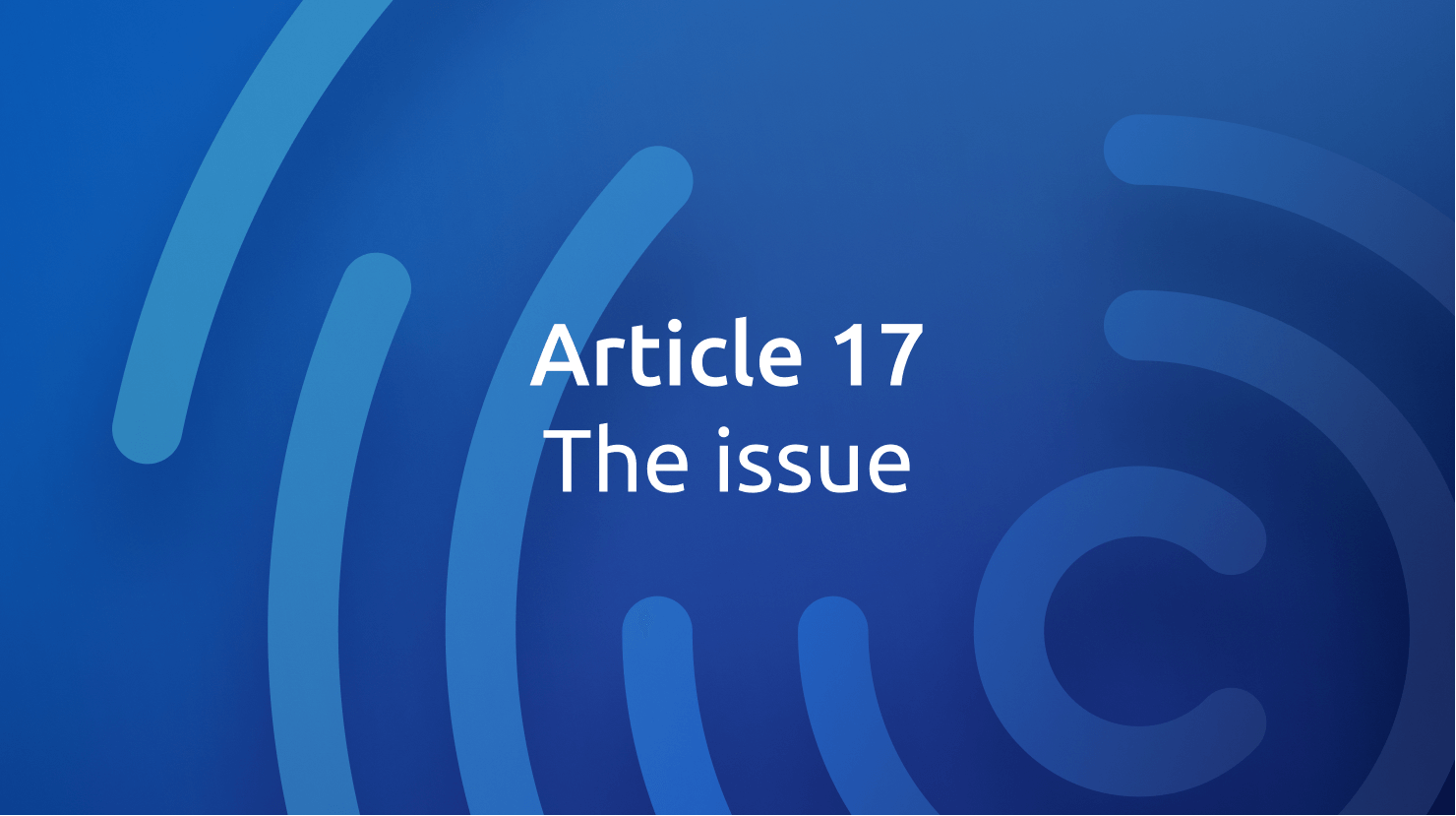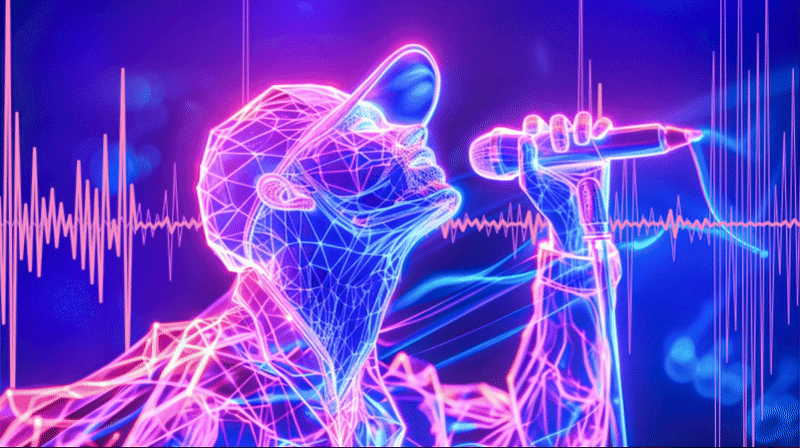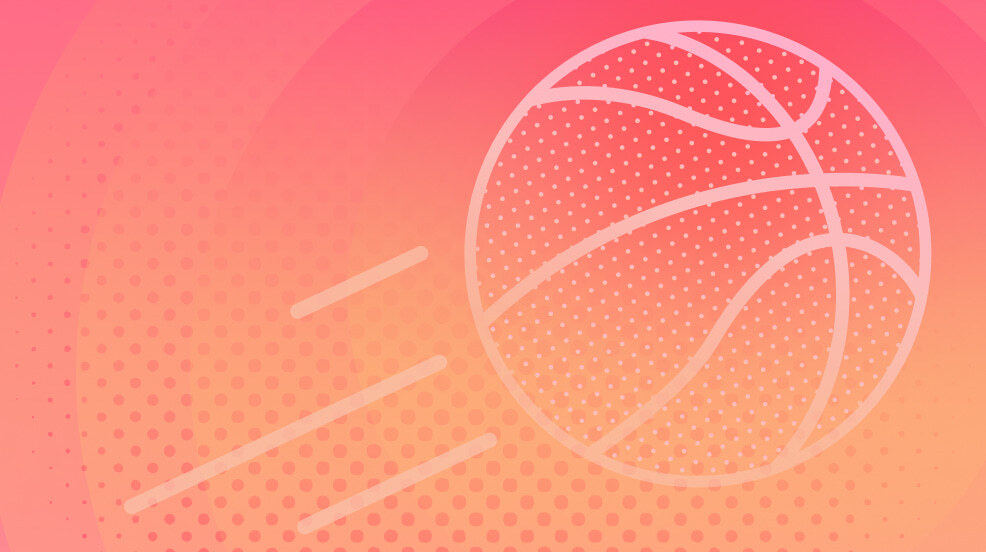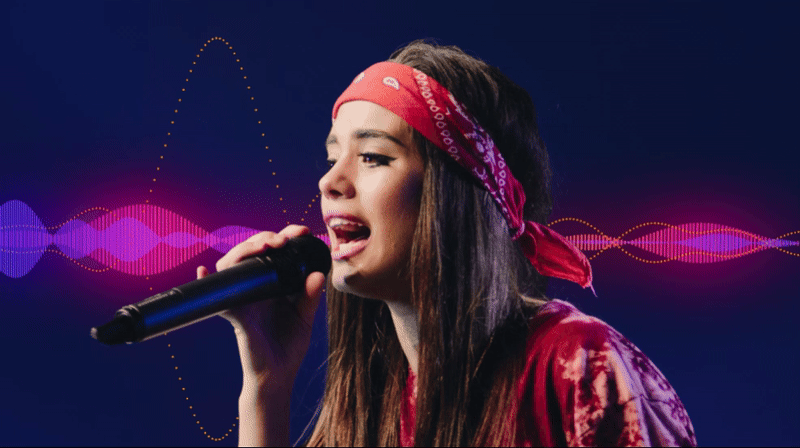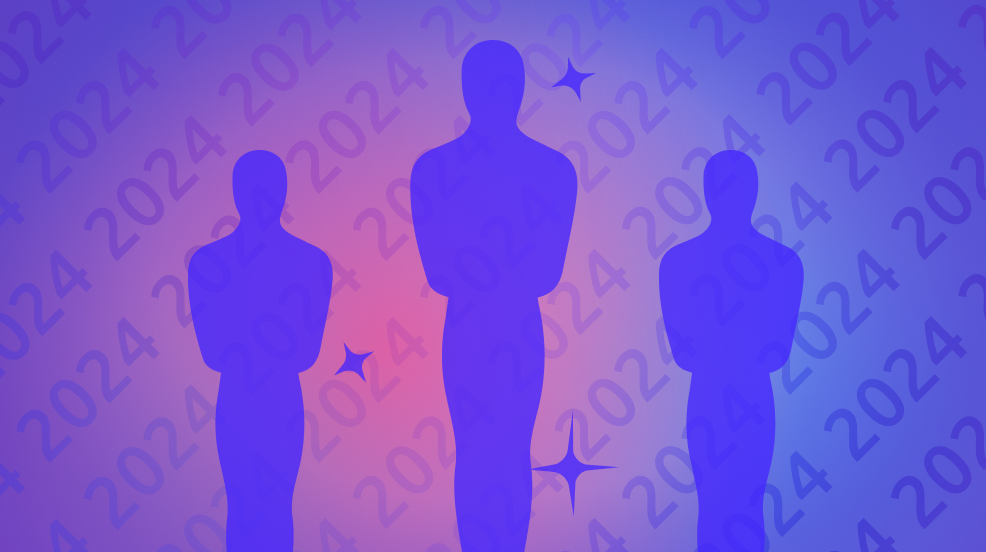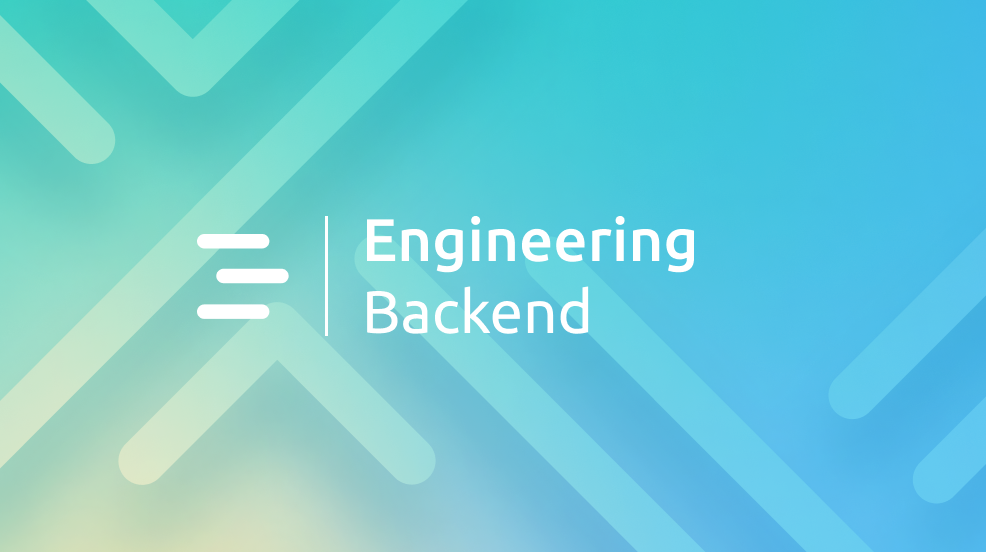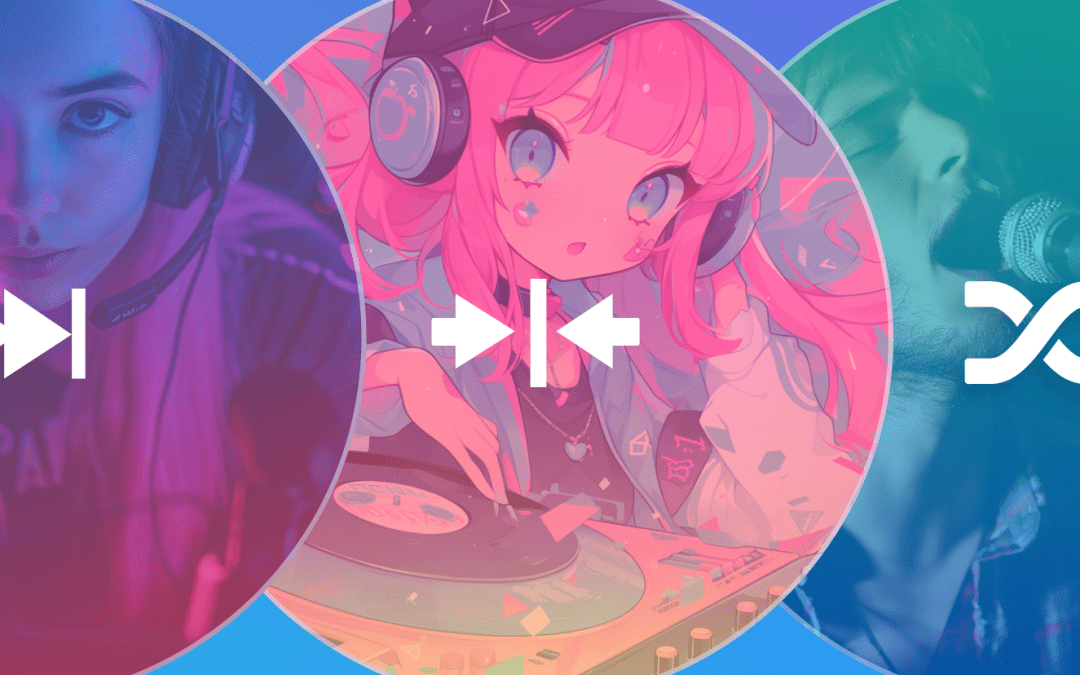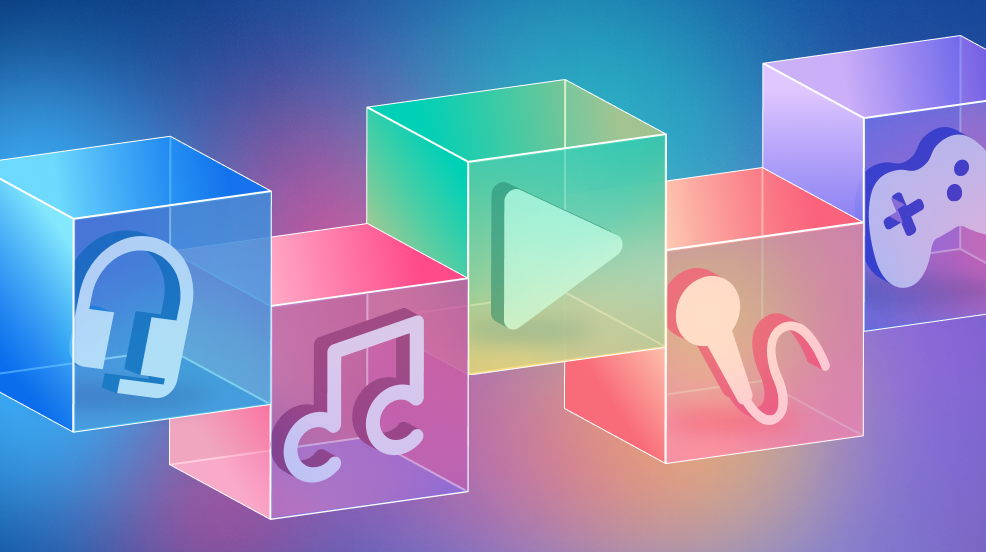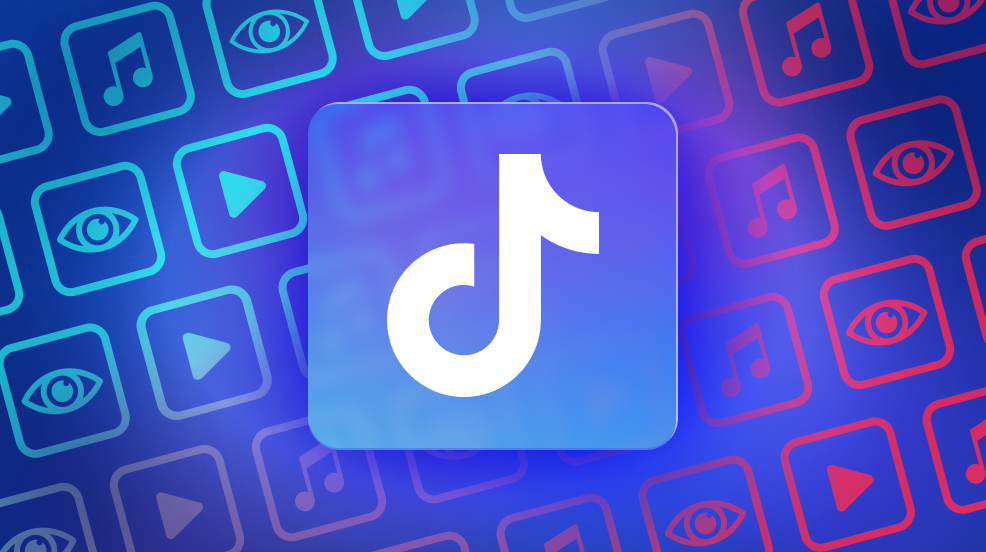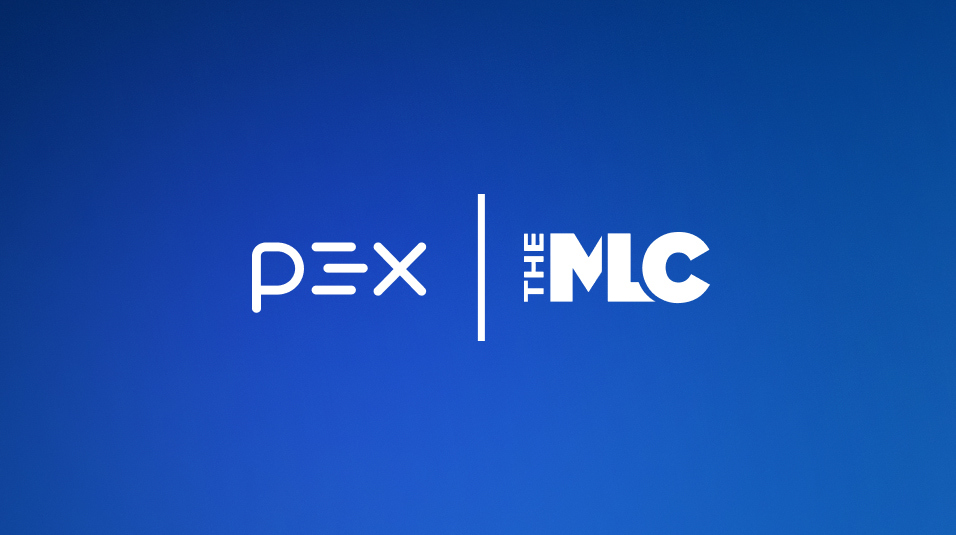Article 17 is the biggest change to copyright law since the 1998 Digital Millennium Copyright Act. Because it brings such monumental changes to the Digital Single Market and has been heavily criticized, it’s important to understand what the article says, who it implicates, what critics are saying, why this all came about, and how it impacts the future.
To help bring clarity and transparency to this new legislation, we’ve put together an Article 17 Starter Kit that’s free to download and a three-part blog series to highlight key areas. In this first installment we review “The Issue” – the main reason Article 17 came about. Here’s a preview:
The Issue
What problem does Article 17 address?
Article 17 aims to correct an imbalance in copyright online. While some established streaming platforms operate with robust licensing agreements, many other platforms enable users to circulate copyrighted works without consent from or compensation to rightsholders.
What’s wrong with business as usual?
User-generated content platforms have been taking advantage of Safe Harbor provisions in the existing, outdated legislation that governs online intermediaries: the E-Commerce Directive in the EU, and the Digital Millennium Copyright Act (DMCA) in the U.S..
Many platforms have grown their business largely on the strength of content uploaded by users, and much of that content is in fact protected by copyright. Yet, so long as the platform didn’t have actual knowledge of illegal activity and took down unauthorized content after being notified, they have not been responsible for content distributed by users.
This approach has led to users publishing content online only to have it removed hours or days later, causing frustration for uploaders and viewers alike. Rightsholders have had to constantly search for uses of their content in a sea of a billion uploads per day. They’ve had little to no control over their content being uploaded online, but now they are gaining the ability to tell platforms in advance how their content should be used, and to be compensated for it.
What are the biggest changes Article 17 could bring?
New forms of liability and responsibility. Under Article 17, platforms classified as OCSSPs are liable for user uploads that infringe copyright. European legislators hope that this change will promote broader licensing of content online, supported by better exchange of usage data between platforms and rightsholders.
Which organizations does Article 17 affect?
There’s no definitive list yet, but Article 17 defines Online Content-Sharing Service Providers (OCSSPs) as any platform that:
- Gives the public access to a large amount of copyright-protected works or other protected subject matter uploaded by its users.
- Does [1] for profit, as one of their main purposes.
- Organizes and promotes the content.
- Competes with other established online content services, such as online audio and video streaming services (e.g., Spotify, Apple TV, Apple Music, Netflix) for the same audiences.
Download our starter kit to dive deeper.
We’ve included a summary, detailed FAQ, glossary, and compliance checklist for platforms.
Stay tuned for the next two installments, covering the debate around Article 17 and how it will be implemented.
Prepare for Article 17 with Pex
At Pex, we build products that identify and license the use of copyrighted material online to help social media platforms targeted by Article 17 attribute and compensate rightsholders while providing a better experience for their creators. We include ALL compliance aspects of Article 17 in our groundbreaking product, Attribution Engine, which serves as licensing infrastructure for platforms and indemnifies them from Article 17’s requirements.
Interested in working with Pex? Contact our team at [email protected] for more information on how we can help you be prepared for Article 17.

